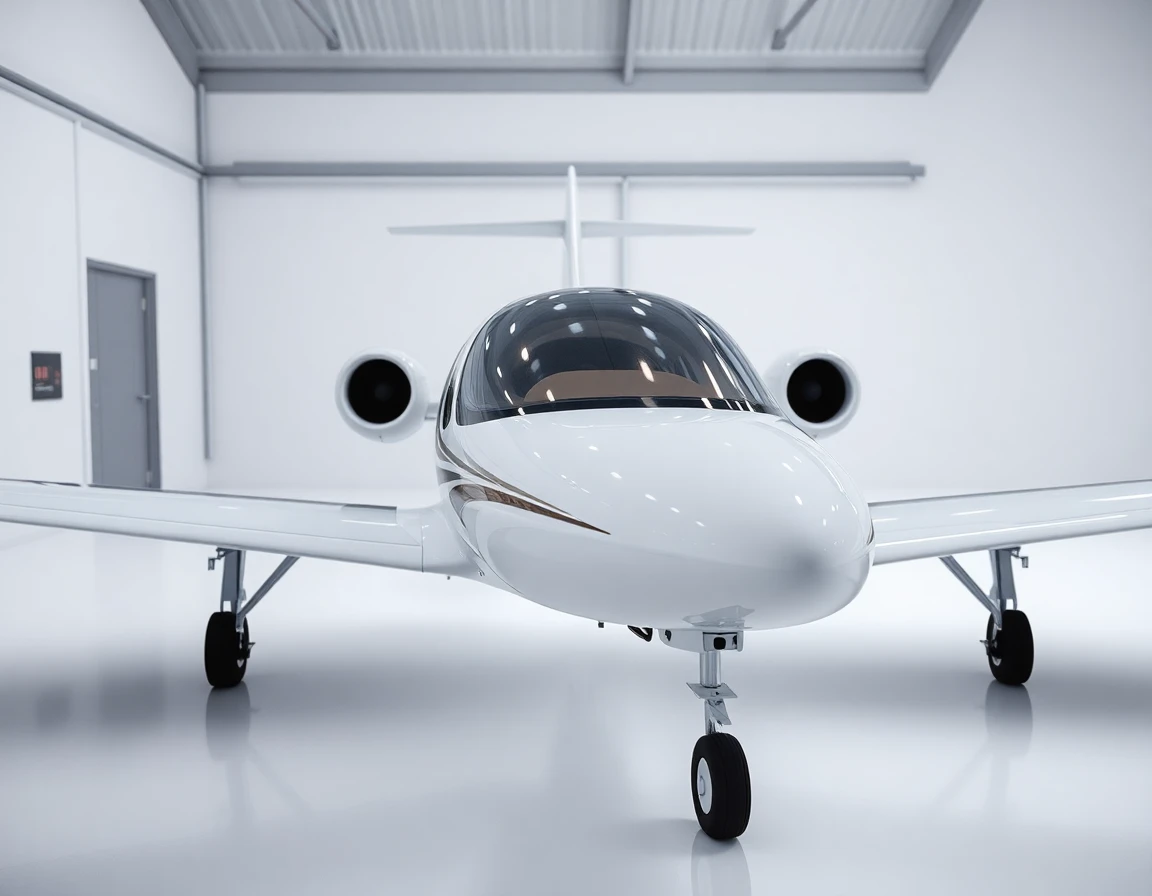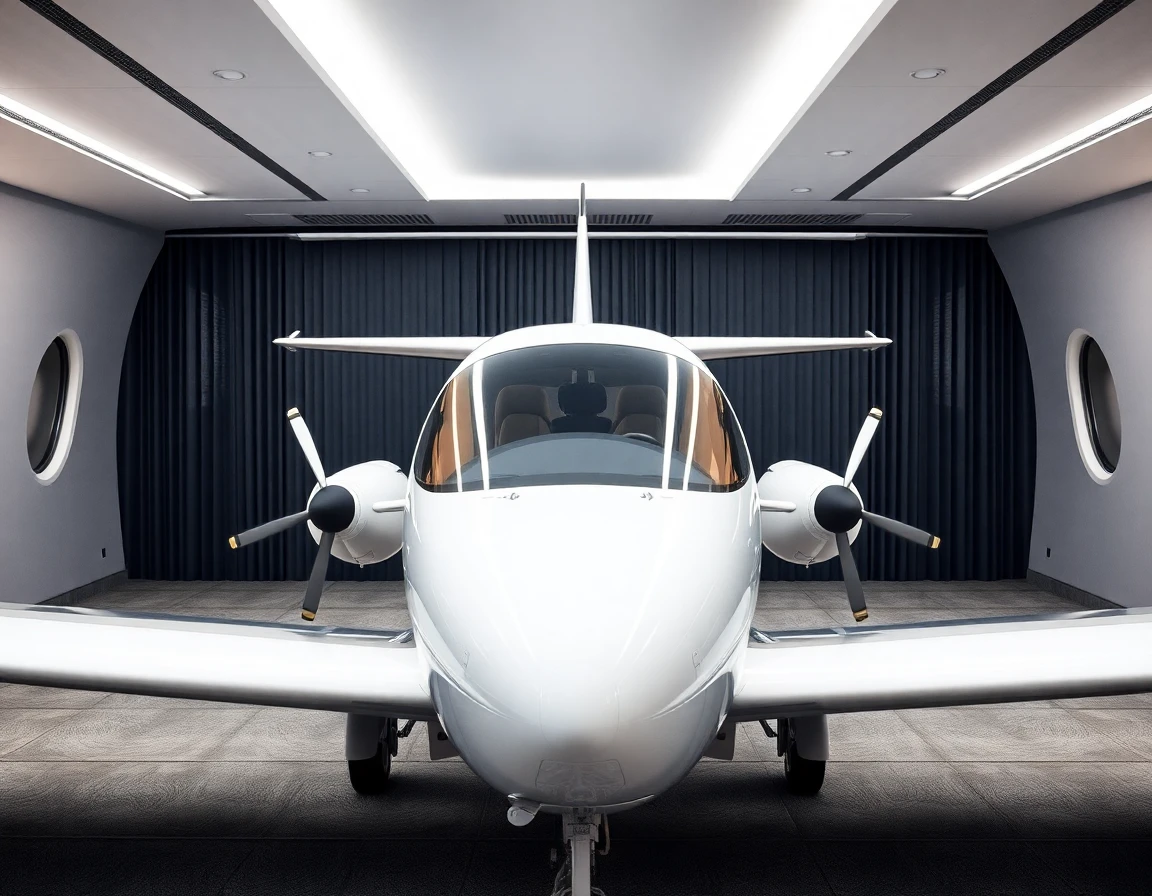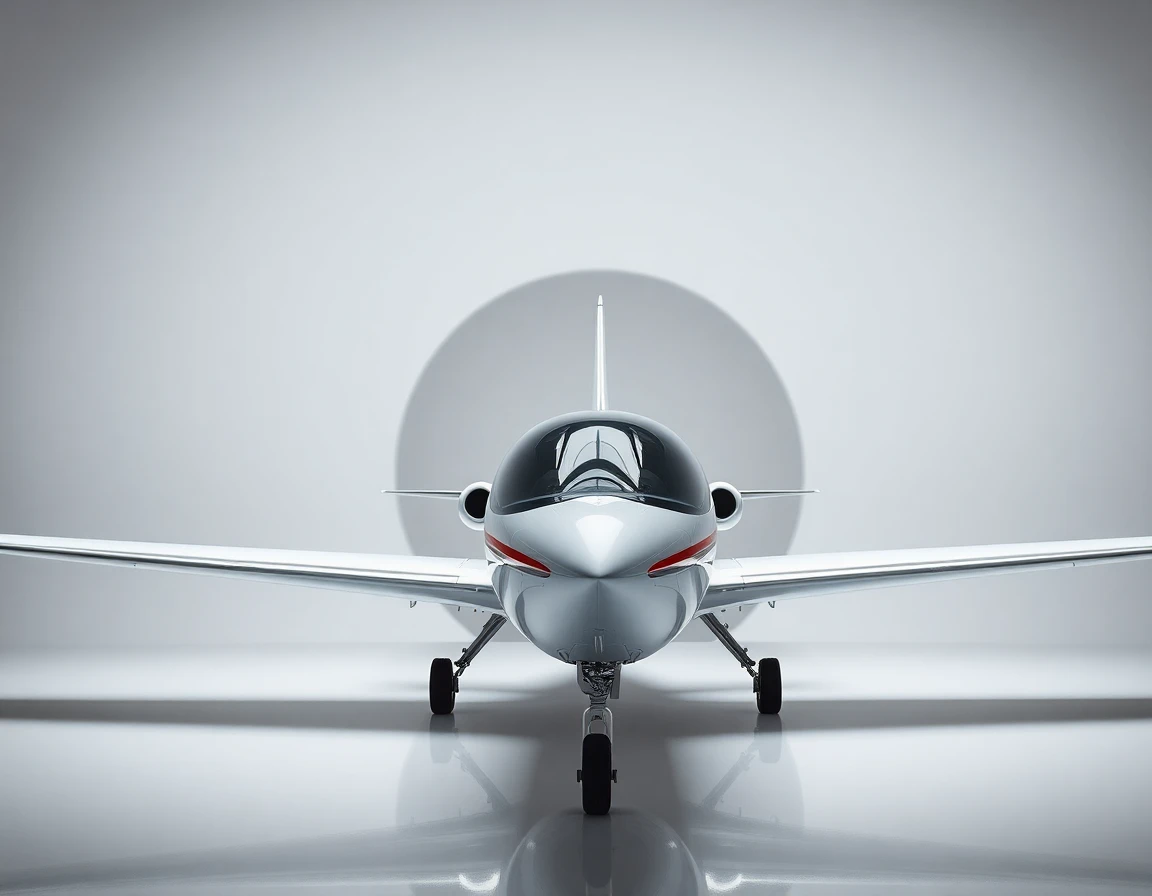The Rise of Electric Aircraft: Transforming the Future of Aviation
The aviation industry is undergoing a significant transformation with the rise of electric aircraft. This shift is driven by growing environmental concerns, technological advancements, and the need for more cost-effective solutions in both commercial and military aviation. As the market for electric propulsion systems expands, stakeholders across the industry are keen to understand the implications and potentials of this emerging technology.
Understanding Electric Aircraft Technology
Electric aircraft, powered by electric propulsion systems, offer a cleaner alternative to traditional fossil-fuel-powered airplanes. These aircraft utilize electric motors, rechargeable batteries, and, in some cases, hybrid systems that combine conventional engines with electric power. The advantages of electric propulsion include reduced emissions, lower noise levels, and decreased operational costs.
In recent years, several prototypes and commercial models have emerged, showcasing the feasibility of electric aircraft. Notable examples include the Alice from Israeli company Eviation, capable of carrying nine passengers over a range of 1,000 km, and the Pipistrel Alpha Electro, which is already in operation for training purposes.
Market Growth and Industry Insights
According to a report by ResearchAndMarkets, the electric aircraft market is projected to grow at a compound annual growth rate (CAGR) of over 19% from 2022 to 2030. This growth is fuelled by increasing investments in electric propulsion technology, advancements in battery technologies, and supportive government policies aimed at reducing carbon emissions.
“The electric aircraft market is not just about reducing carbon footprints; it’s about revolutionizing how we approach aviation as a whole,” says Dr. Emily Carter, a leading aerospace engineer at the Massachusetts Institute of Technology. “With advancements in battery technology and electric propulsion systems, we are on the brink of a new era in aviation.”
Technical Challenges and Innovations
Despite the promising outlook, electric aircraft face several technical challenges. Battery energy density remains a critical hurdle, as current lithium-ion batteries do not yet provide the energy required for long-haul flights. However, innovations such as solid-state batteries and thermal battery systems, like the ultra-lightweight thermal battery for military applications, are being developed to enhance performance and safety.
Additionally, the high-precision compact advanced control systems are essential for managing the complexities of electric propulsion. These systems ensure that electric motors operate efficiently, providing the reliability needed for commercial operations.
Military Applications and Future Developments
The military sector is also exploring the advantages of electric aircraft. With the increasing need for stealth and efficiency, electric propulsion systems can significantly reduce the acoustic and thermal signatures of military aircraft. The U.S. Air Force has invested in research on electric vertical take-off and landing (eVTOL) aircraft, which could transform logistics and troop transport.
According to Colonel Michael Smith, a senior official at the U.S. Air Force, “Electric aircraft could redefine military operations, enabling quicker deployments and reduced logistical footprints. The potential applications are vast, from unmanned aerial vehicles to future fighter jets.”
Environmental Impact and Regulatory Landscape
The environmental benefits of electric aircraft are substantial. By replacing traditional combustion engines, electric propulsion can reduce greenhouse gas emissions significantly. As governments worldwide commit to ambitious climate targets, electric aircraft could play a crucial role in achieving net-zero emissions goals by 2050.
Regulatory bodies, including the Federal Aviation Administration (FAA) and the European Union Aviation Safety Agency (EASA), are actively developing frameworks to accommodate electric aircraft operations. These regulations will help ensure safety while fostering innovation in electric aviation technologies.
Conclusion: The Future of Aviation
As the market for electric aircraft continues to expand, the integration of advanced technologies, such as ZQXXSMRSS systems, will enhance the capabilities of electric propulsion systems. The combination of innovative battery solutions, high-precision control systems, and regulatory support will drive the future of aviation towards a more sustainable and efficient model.
The next decade will be pivotal in shaping the landscape of electric aviation, with stakeholders from across the industry collaborating to overcome challenges and harness the full potential of electric aircraft. As we move forward, the aviation sector stands on the brink of a revolutionary change, promising a greener and more efficient future for air travel.



